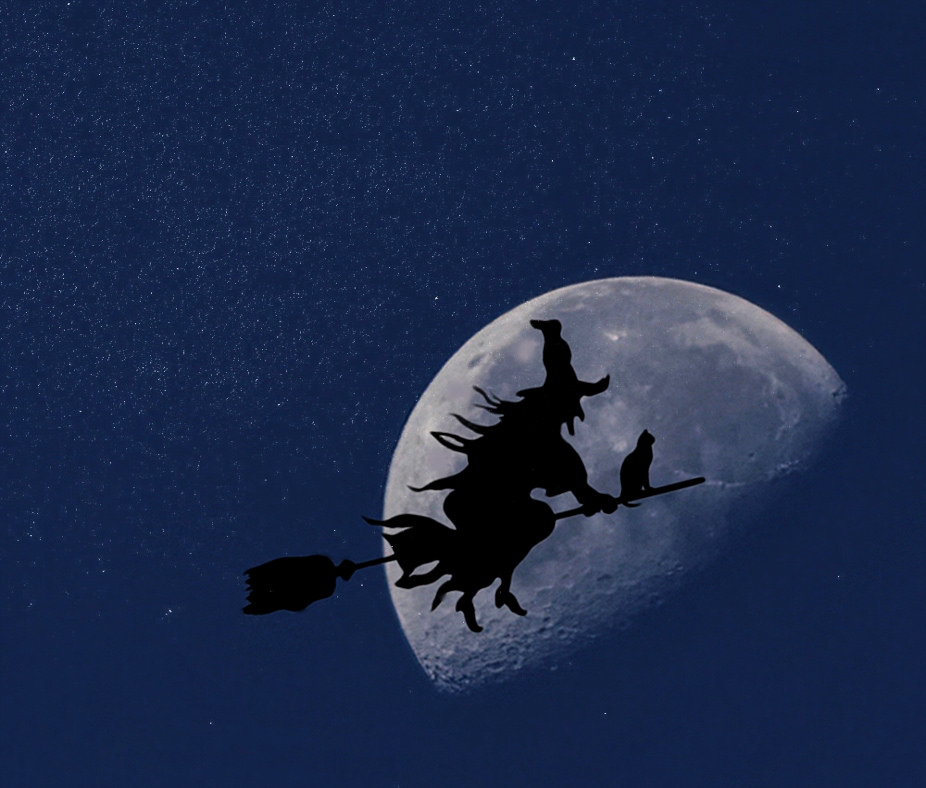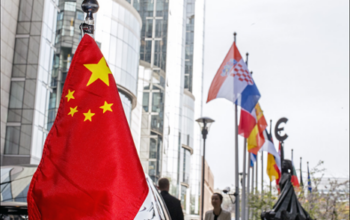Fire Burn and Cauldron Bubble
Beer, witchcraft and gender – it almost sounds like a game of ‘find the odd one out’ yet there is quite a strong link between the three, a link that is still relevant in today’s society. It is by no means a coincidence that the medieval witch hunts coincided with the transition from one economic system to another, nor that this process is related to the construction of the purely domestic role of women, the spectre of which still haunts us. But to understand this spectre – and eventually overcome it – we must understand where it comes from. Therefore, I invite you to a trip back in history.
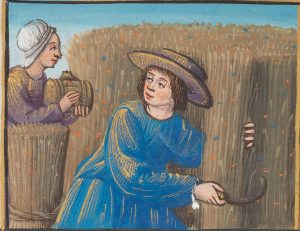
While beer is as popular as ever, it is an ancient beverage, first made at least 10,000 years ago and was since then associated with women. Because, in medieval times, water was not safe to drink. People drank beer instead. Therefore, beer (which had less alcohol than contemporary beer) was an everyday product made at home… by women. Many of these women would sell their surplus of beer, and some became excellent brewsters – one of them Hildegard of Bingen, a German nun, who was the first to suggest the use of hops to improve the flavour and make the beer last longer.
But where is the connection to witchcraft? Well, we shall see…
Double, Double, Toil and Trouble
 Between the 15th and mid-18th century an unknown number of European and North American women – for it was (and still is) mostly women – were executed as ‘witches’, the estimated numbers ranging from 60,000 to 100,000. The witch hunts did not only kill thousands of innocent women but also led to a massive roll back of women’s rights, such as there were, and shaped the world and role of women of today. Or as Silvia Federici describes it in ‘Caliban and the Witch’: ‘The outcome […] was the enslavement of women to procreation […] defining women in terms – mothers, wives, daughters, widows – that hid their status as workers.’
Between the 15th and mid-18th century an unknown number of European and North American women – for it was (and still is) mostly women – were executed as ‘witches’, the estimated numbers ranging from 60,000 to 100,000. The witch hunts did not only kill thousands of innocent women but also led to a massive roll back of women’s rights, such as there were, and shaped the world and role of women of today. Or as Silvia Federici describes it in ‘Caliban and the Witch’: ‘The outcome […] was the enslavement of women to procreation […] defining women in terms – mothers, wives, daughters, widows – that hid their status as workers.’
To understand why and how the witch hunts changed the role of women, and happened in the first place, we must examine the role of women in medieval society and some of the social processes taking place at the time. A time when feudalism began to transition into capitalism. A time when the plague killed one in three people in Europe and those of the lower social classes suddenly realised that they, due to a decimated population, were suddenly important enough to make demands. Anti-feudal, and consequently anti-proto-capitalist, resistance movements began to form which were often led by women. And women in medieval Europe already had, in addition to their new won political power, a lot of social power, namely ‘magic’.
Magic in this sense refers to “wise women’s” skills as healers, fortune tellers and midwives which made them valuable and respected members of their community. Yet, establishing capitalism with these women holding a large amount of political and social power, as well as people believing in magic, proved a difficult task. Thus, the power of women needed to be broken and magic had to be vilified.
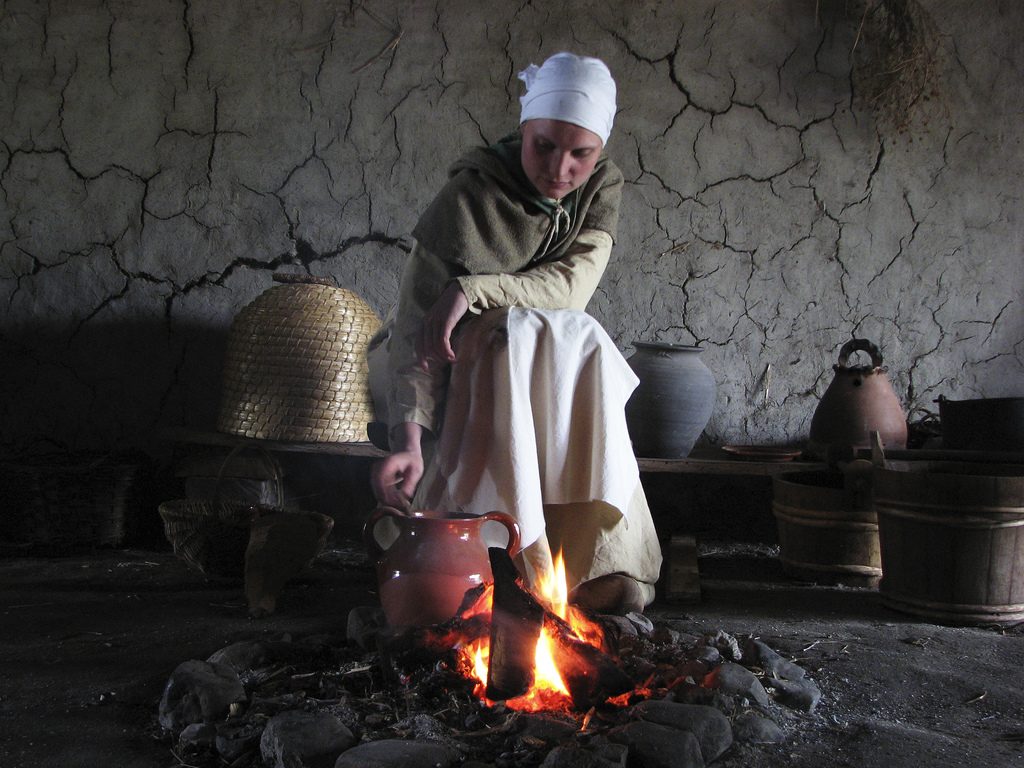
Once women and their skills began to be demonised, the options women had in Western society were even further reduced. And whereas under feudalism your children would help you with your work and eventually, most likely, continue working in your profession, under capitalism they would be send off to work for somebody else’s profit. In such an economic system the role of women is reduced to giving birth to and raising the next generation of workers. The witch hunts played a key role in tying women to the domestic sphere and creating the image of women as ‘chaste, quite, at home, working to support the husband’.
The link between ‘witchcraft’ and the process of pushing women into an exclusively reproductive role becomes particularly evident if we look at the nature of the specific witchcraft charges, and how the image of witchcraft changed within the Church. Between the 13th and 15th century it transformed from denying the existence of witches to adopting the reverse policy. Magic was no longer associated with old pagan traditions and the valuable skills of wise women, but with demons and the Devil, and medieval inquisitors became increasingly suspicious of women falling prey to these demons which they were thought to not be able to resist due to the assumed lack of intelligence.
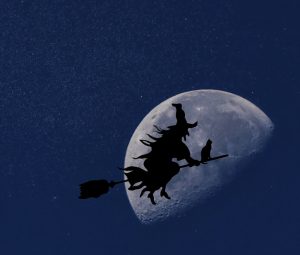 Not only did the icons of brewsters – a tall pointed hat to be better seen at the market, cats for chasing away mice, the cauldrons used for brewing beer, the brooms used to indicate if beer was available for sale – become symbols of witchcraft. And not only was it dangerous to be a woman with extensive knowledge about plants, which was a useful skill for brewing beer. With the help of the witch hunts, the Church propagating the role of women as being a domestic one only, and the shift from feudalism to capitalism defining the value of women to a purely reproductive role, women were pushed out of commerce. Midwifery was handed over to men. And so was brewing beer.
Not only did the icons of brewsters – a tall pointed hat to be better seen at the market, cats for chasing away mice, the cauldrons used for brewing beer, the brooms used to indicate if beer was available for sale – become symbols of witchcraft. And not only was it dangerous to be a woman with extensive knowledge about plants, which was a useful skill for brewing beer. With the help of the witch hunts, the Church propagating the role of women as being a domestic one only, and the shift from feudalism to capitalism defining the value of women to a purely reproductive role, women were pushed out of commerce. Midwifery was handed over to men. And so was brewing beer.
The discovery of hops that turned mainstream in the 16th century allowed for the commercialisation of beer brewing, as well as the enactment of purity laws. These food laws had the positive effect of outlawing often questionable, and at times even deadly, ingredients. But due to the limitation to water, barley and hops – and consequently increased production costs – brewsters who used different (harmless) ingredients were no longer able to sell their beer. This development was reinforced by the Church’s view of brewsters as temptresses who used their beer to get men drunk and spend their money, and eventually led to brewing becoming a men’s job.
When Shall We Three Meet Again?
Fortunately, the Dark Ages are over. Feminism is alive and kicking and it’s been quite some time since the last witch has been burned. At least in the Western world. And while the witch hunts were not a deliberate plot to oppress women and establish capitalism, we can still say that they proved an effective tool in suppressing rebellion and a challenging of norms. They were a byproduct of the shift from feudalism to capitalism in the process of which the role of women changed dramatically, tying them to the domestic sphere even more than before, and pushing them out of professions of healers, midwives and brewsters. It is an image of women that has left its mark on this society, reflected for example in the debate on the ‘second shift’ in the 1970s (and even today, 2018).
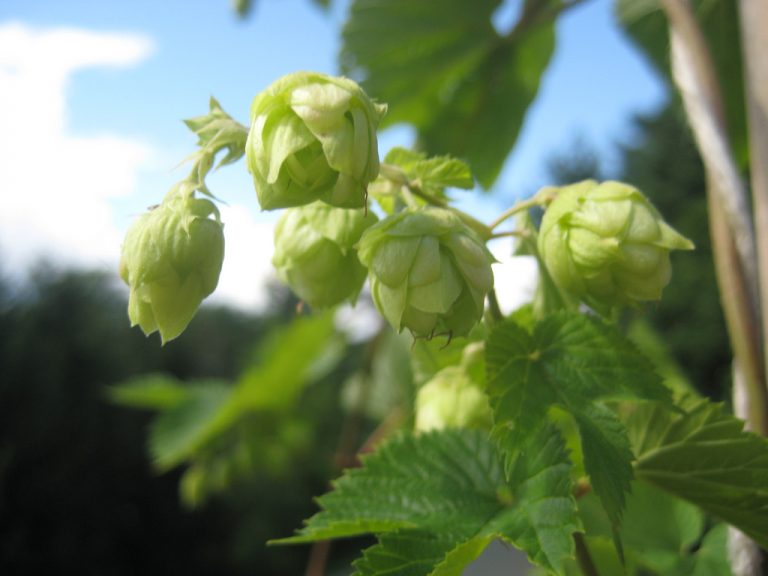
And what about beer? Well, beer used to be a women’s domain. With the standardisation, centralisation and commercialisation of beer production beer became a man’s world and has kept its ‘masculine identity’ until today. Gendered and more often than not sexist beer ads have labelled beer as a ‘manly’ drink. We can see this clearly reflected in the contemporary beer industry: Only 29 percent of brewery workers are women, and a mere four percent of microbreweries have a female head brewster. However, women are becoming increasingly involved in the craft beer scene. So, there is hope that we see a change towards beer becoming neither a ‘female’ beverage, nor something exclusively belonging to men, but a drink that can be produced and enjoyed by all.
by Merle Emrich
Photo Credits
Cascade hops!, Michael, Styne, CC BY-SA 2.0
Happy Halloween!, Chilly & Dull…Kinda Damp Too!, CC BY-NC-ND 2.0
medieval woman next to fire, Hans Splinter, CC BY-ND 2.0
Scene from “Labors of the month August”, e-codices, CC BY-NC 2.0
“Nevertheless She Persisted…A Woman’s Place Is in the Resistance”, scattered1, CC BY-SA 2.0
